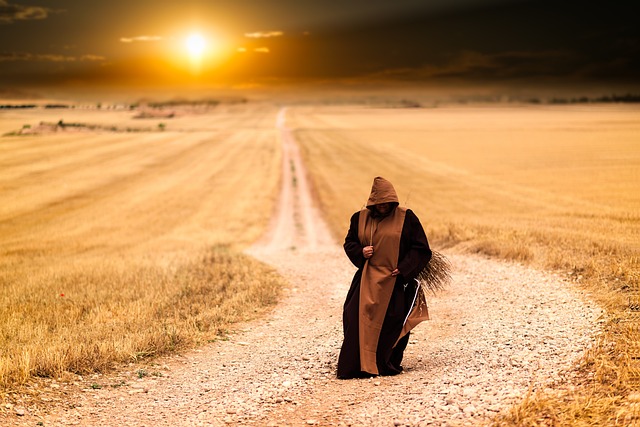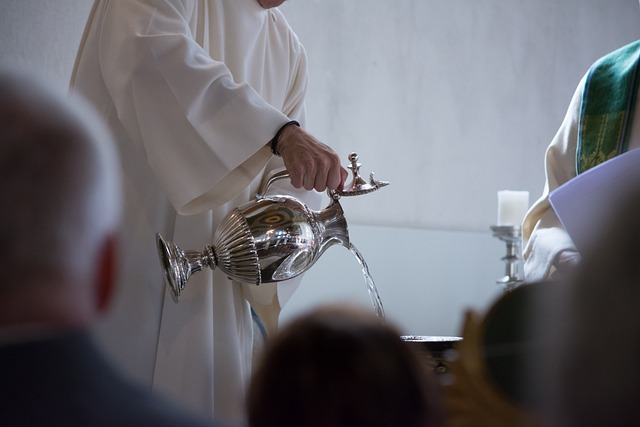The Sacred Promise: Unveiling the Eternal Covenant in Rituals of Religion
In every corner of the world, from bustling cities to serene countryside, the essence of human existence often intertwines with something profound—our spirituality. Each religion has its unique tapestry of beliefs, yet at the core, many share a common thread: the concept of an eternal covenant. This bond, formed between the divine and humanity, manifests beautifully through rituals that bring communities together and connect them to something greater than themselves.
Rituals serve as the heartbeat of religious practice, offering a channel for worshippers to express their faith and commitment to these sacred promises. They convey messages of devotion, resilience, and the eternal nature of the covenants made throughout history. From the solemnity of a wedding ceremony to the communal joy of festivals, each ritual holds the potential to transport participants into a deeper understanding of their beliefs.
The eternal covenant speaks not just of agreements but of promises that transcend time and space. Religions around the globe emphasize this relationship between the divine and humanity. In Judaism, the covenant between God and the people is celebrated during Shabbat, a weekly ritual that serves as a reminder of the divine promise and the importance of community. Similarly, in Christianity, the Eucharist symbolizes the eternal promise made through sacrifice and renewal, inviting believers to partake in the divine grace offered to them.
In many Indigenous religions, the connection to land, ancestors, and the spirit world is often articulated through sacred rituals that affirm the eternal covenant between nature and humanity. These rituals embody respect and reciprocity, serving as reminders of the promises made to protect the earth and honor its cycles.
Across faiths, the use of symbols in rituals—whether bread and wine, fire and water, or song and dance—allows participants to connect with the eternal covenant in a deeply personal way. These symbols, rich with meaning, become vessels for spirituality, sharing stories of tradition, sacrifice, and hope, while reinforcing the bonds of community.
Engaging in these rituals is not merely about observing age-old practices; it’s about entering into a living relationship. Each participant carries their own story, their own interpretation of the eternal covenant, weaving their experiences into the collective narrative. As we take part in these sacred ceremonies, we find ourselves not only honoring our faith but also connecting with generations that have come before us and those that will follow.
The magic lies in the shared experience—the joy, the sorrow, the collective prayer and celebration. These rituals are invitations to feel the weight and wonder of the eternal covenant. Through them, we discover our place within the vast tapestry of life, stitched together by sacred promises that resonate through time, reminding us that we are part of something far greater than ourselves.



